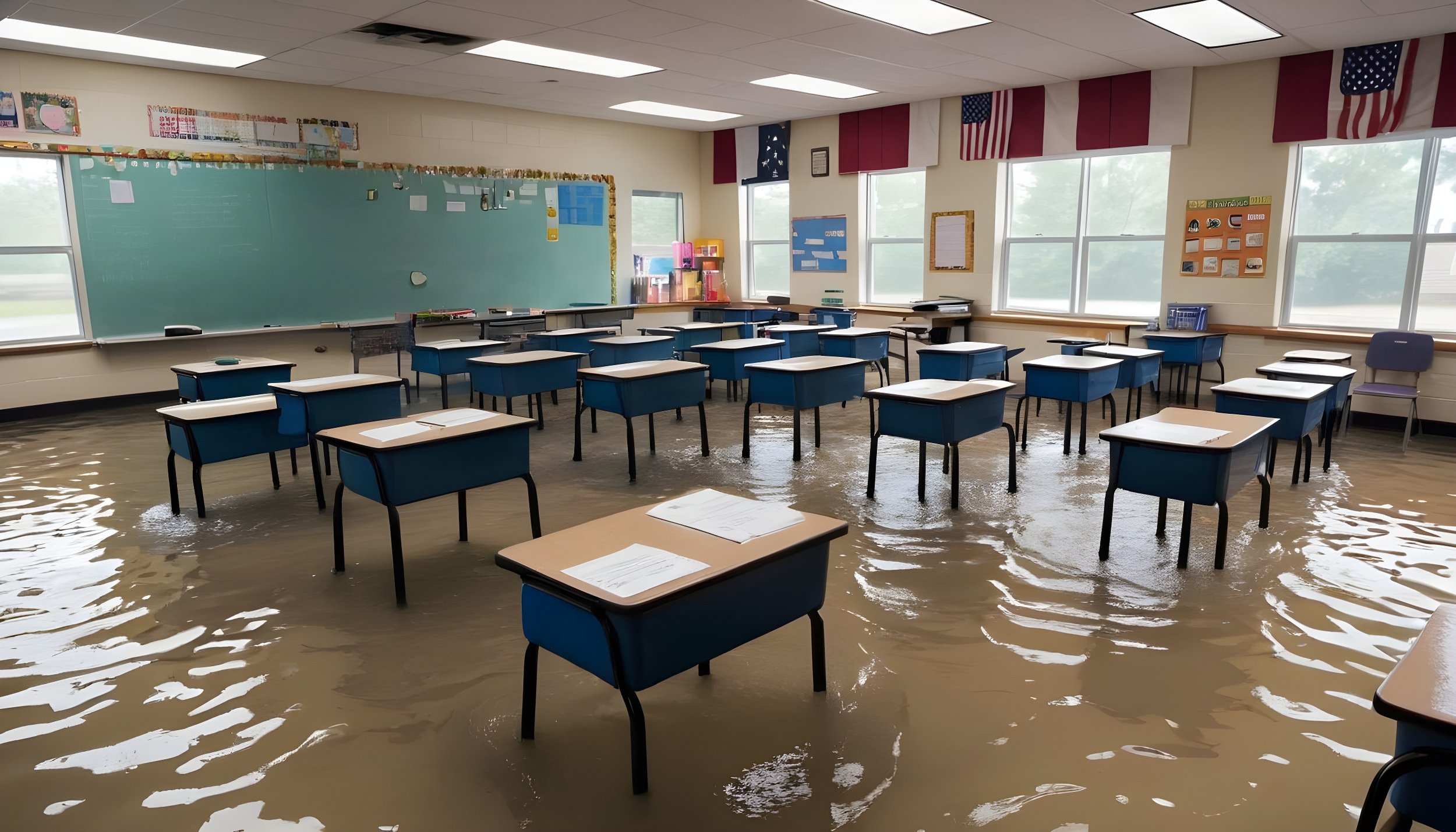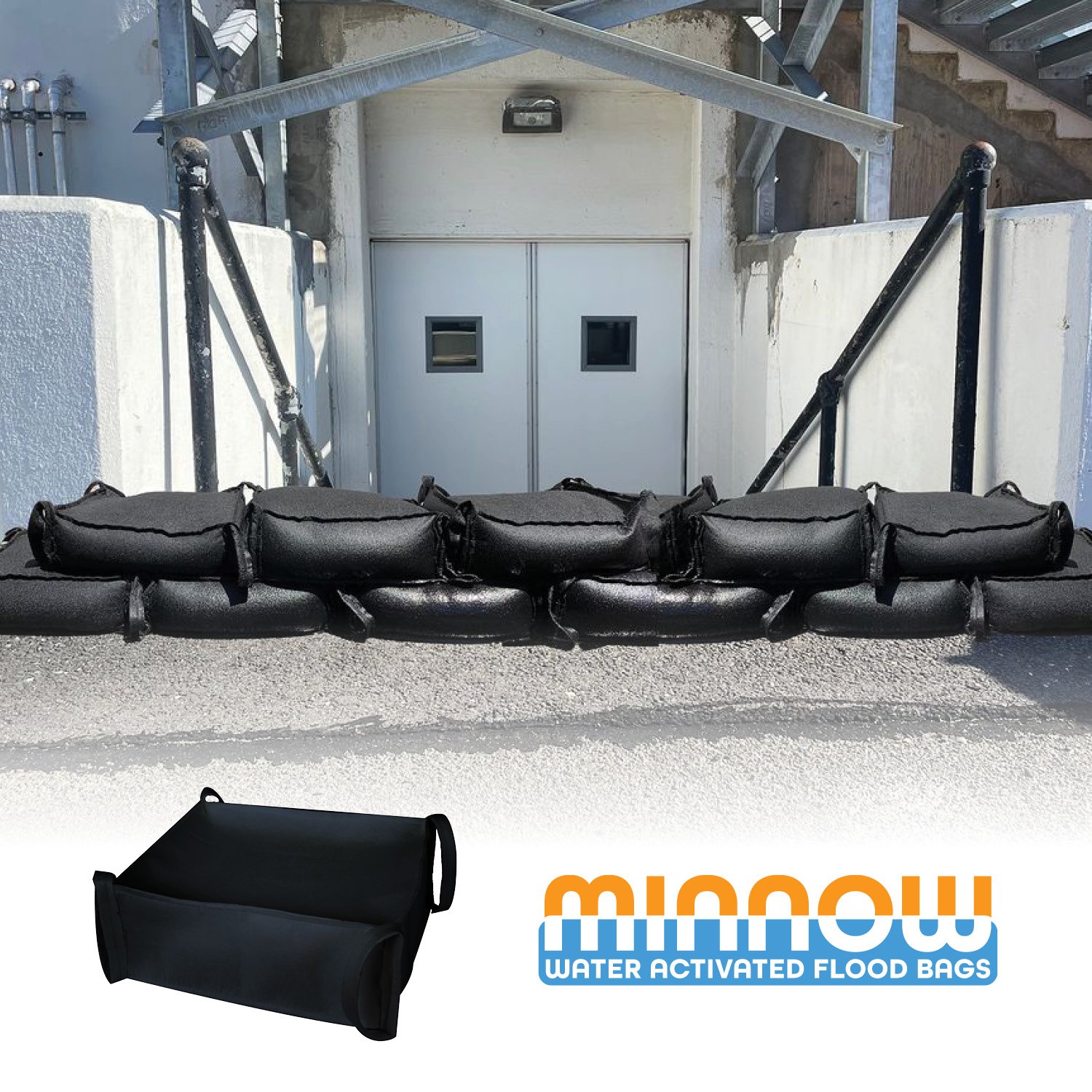Rising Concern: Flood Risks and Impact on School Infrastructure
With the frequency of floods on the rise due to climate change, schools need to evaluate and address the risks associated with their property and facilities. Flooding’s impact on school infrastructure and educational facilities are increasingly vulnerable to the devastating and costly effects of floods.
The Growing Threat of Flooding to Educational Facilities
The escalating threat of flooding to educational facilities can be attributed to the effects of climate change. As extreme weather events become more frequent and intense, the risk of flooding increases. This heightened flood frequency poses a significant challenge to school infrastructure, which may not be adequately equipped to withstand such events.
Understanding the Impact of Climate Change on Flood Frequency
Climate change is leading to an increase in extreme weather events, including heavy rainfalls and storms.
These events contribute to the rising frequency of floods, posing a threat to school infrastructure.
The warming climate also leads to the melting of glaciers and polar ice caps, contributing to rising sea levels and increasing the risk of coastal flooding.
Within the top 100 Counties in the United States., 6,444 schools are at high risk for flooding.
Flooded schools must be closed during cleanup and repairs, leading to a loss of classroom time.
Foundations can be errored or destabilized and floors upheaved from flood water damage.
The Vulnerability of School Campuses to Flooding
To effectively address the growing threat of flooding, it is essential to evaluate the vulnerability of school infrastructure to floods. This evaluation involves analyzing key factors contributing to infrastructure susceptibility and identifying challenges in current design and construction standards.
Key Factors Contributing to School Flooding
Infrastructure susceptibility to floods in educational facilities can be attributed to various factors. Inadequate design standards and construction challenges play a significant role in exacerbating the vulnerability of school buildings. Poor drainage systems, insufficient elevation, and lack of flood protection measures contribute to the susceptibility of infrastructure to flood damage.
Challenges in Current Design and Construction Standards
The current design and construction standards for school infrastructure often fail to address the risks associated with flooding adequately. Insufficient consideration is given to the location, elevation, and drainage systems during the design and construction process. Additionally, budgetary constraints and limited awareness of flood risks can hinder the implementation of effective flood-resistant measures.
Immediate Effects of Flooding on School Operations
Flooding in schools has immediate effects on various aspects of school operations, including academic activities and the overall learning environment.
Disruption of Academic Activities and Learning Environments
When schools are affected by floods, academic activities are disrupted, leading to a significant impact on students' learning. Classrooms and educational materials may be damaged or destroyed, forcing schools to temporarily suspend classes. The disruption of the learning environment can have long-lasting effects on students' education and academic progress.
The Psychological Impact on Students and Staff After a Flood Disaster
The psychological impact of floods on students and staff should not be underestimated. The experience of witnessing and dealing with the aftermath of a flood can be traumatic, leaving lasting emotional scars. Students may experience anxiety, fear, and a sense of insecurity, affecting their overall well-being and academic performance. Similarly, the psychological impact on staff, including teachers and administrators, can be significant, leading to increased stress levels and reduced effectiveness in their roles.
Long-Term Ramifications of Flooding at Educational Facilities
The long-term ramifications of flooding on educational facilities extend beyond the immediate aftermath of a flood. These consequences encompass financial strain and the ripple effect on the community and educational outcomes.
Financial Strain: Costs of Repairs and Lost Resources
Flooding in schools results in significant financial strain due to the costs associated with repairs and the replacement of damaged or lost resources. Schools must allocate funds for rebuilding infrastructure, purchasing new equipment and materials, and addressing any structural or environmental issues that contributed to the flood. These financial burdens can strain already limited budgets, diverting resources away from other critical educational needs.
The Ripple Effect on Community and Educational Outcomes
The impact of flooding on educational facilities ripples through the community and affects educational outcomes. Disrupted school operations can lead to a loss of instructional time, interrupting students' academic progress. The community also suffers from the loss of a vital resource and the disruption of community programs and services provided by schools. The long-term ripple effect includes decreased educational attainment, lower community resilience, and reduced opportunities for social and economic development.
Mitigation Strategies and Solutions for Flood Prevention in Schools
To mitigate the risks posed by flooding in schools, various strategies can be implemented. These strategies include the incorporation of flood protection systems and the adoption of policy recommendations to ensure the safety and preparedness of educational facilities.
Incorporate Flood Protection Systems: Flood Walls, Temporary Flood Barriers or Demountable Flood Gates
One effective strategy for mitigating flood risks in schools is the incorporation of demountable flood protection systems, such as flood walls.
Garrison’s Hammerhead Aluminum Flood Wall serves as a durable flood protection method. Perfect for protecting school facility entryways, the system is installed utilizing slotted aluminum planks to achieve the desired protection height.
Policy Recommendations for School Safety and Preparedness
Policy recommendations play a crucial role in ensuring the safety and preparedness of schools in the face of flood risks. These recommendations can include guidelines for flood-resistant design and construction, the development of emergency response plans, and the integration of flood risk assessments into school policies.
Collaborative efforts between educational institutions, government agencies, and experts are essential in formulating and implementing effective policy recommendations.
Resilience Moving Forward: The Role of Decision Makers and Community
Moving forward requires the collective effort of decision makers and the community to address flood risks in schools and ensure the safety of educational infrastructure.
Collaborative Efforts Between Schools, Governments, and Experts
Flood Resilience Through Planning & Preparedness
Collaborative efforts between schools, governments, and experts are vital in developing comprehensive strategies to address flood risks in educational facilities. By working together, these stakeholders can share knowledge, resources, and expertise to formulate effective solutions. Collaboration can also facilitate the implementation of policy recommendations, ensure the allocation of necessary funding, and promote community engagement in flood risk reduction efforts.
Encouraging Proactive Preparation & Emergency Planning
By encouraging decision makers to be proactive in flood risk reduction is essential for long-term resilience. Making the process of emergency planning a priority allows for more than enough time to source the most effective and innovative solutions for a school. Additionally, this allows decision makers to thoroughly consider the most vulnerable areas of a campus and work with the necessary experts on creating a durable flood preparedness plan.
Protect Against School Flooding With Garrison
Addressing flood risks in school infrastructure is crucial to safeguard the educational environment and ensure the safety and well-being of students, staff, and the community. Understanding the impact of climate change, evaluating vulnerability, implementing mitigation strategies, and fostering collaboration among decision-makers are essential steps in enhancing resilience against flooding incidents.
Garrison Flood Control provides innovative flood protection solutions that allow educational facilities of any size to actively prepare for potential flood threats. Our team of Flood Specialists prioritize outfitting your school facility with the ideal flood protection. Outfit your entire education facility with a mix of flood barriers, flood walls and water dams.
Learn About Flood Planning and Prevention at Schools, Campuses and Educational Facilities
Reach out to the flood experts at Garrison today and secure the most effective flood protection solutions to meet your varying and vulnerable flood requirements.
Garrison Flood Control provides robust flood protection solutions for homes, businesses, organizations and municipalities. With a wide variety of flood control solutions to choose from, Garrison provides the ability to plan, prepare and protect against numerous levels of flooding.
Based in the USA, Garrison’s team of flood experts work with you side by side to help recommend the perfect solutions as well as maximize your protection efforts.



















